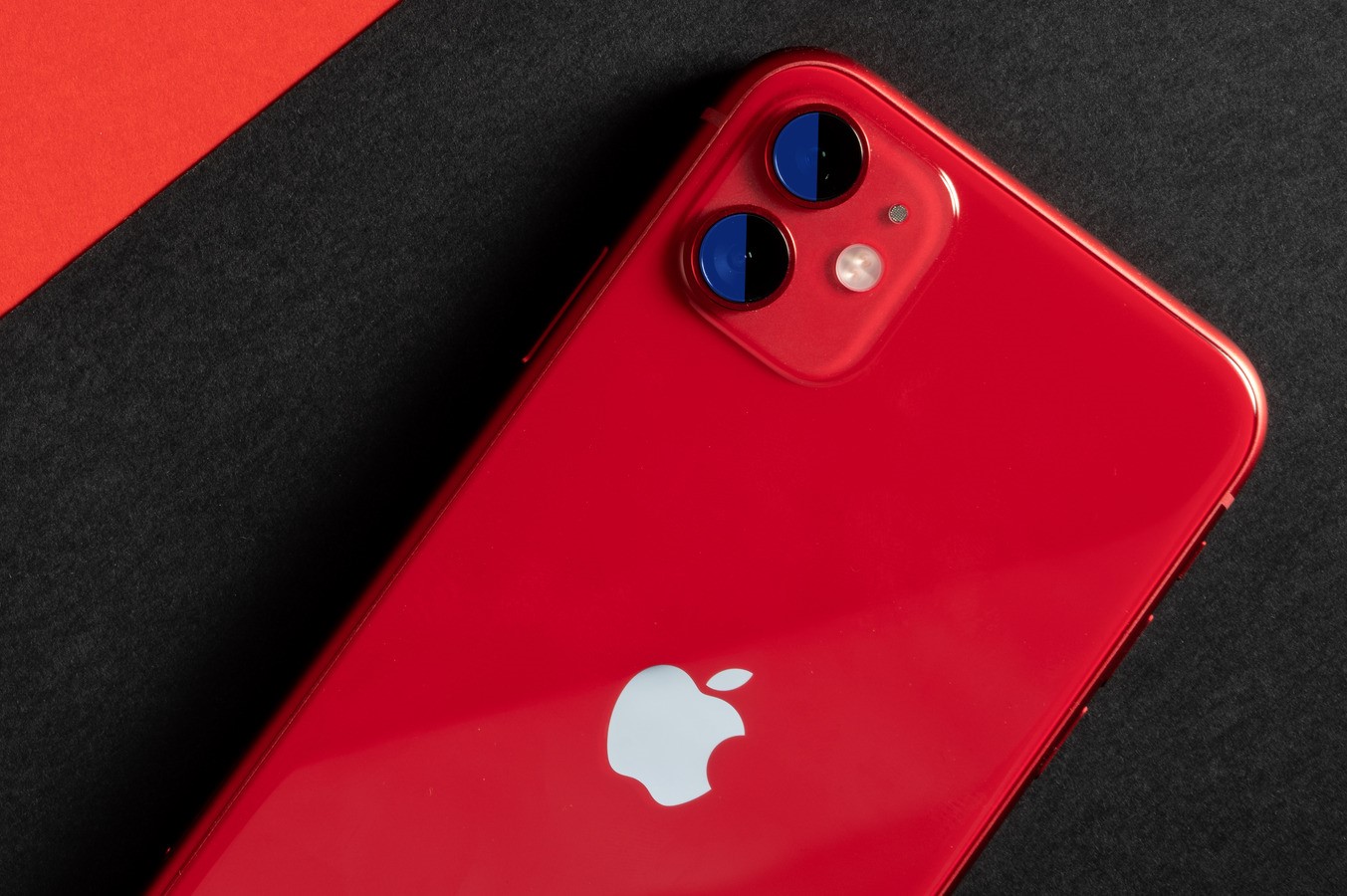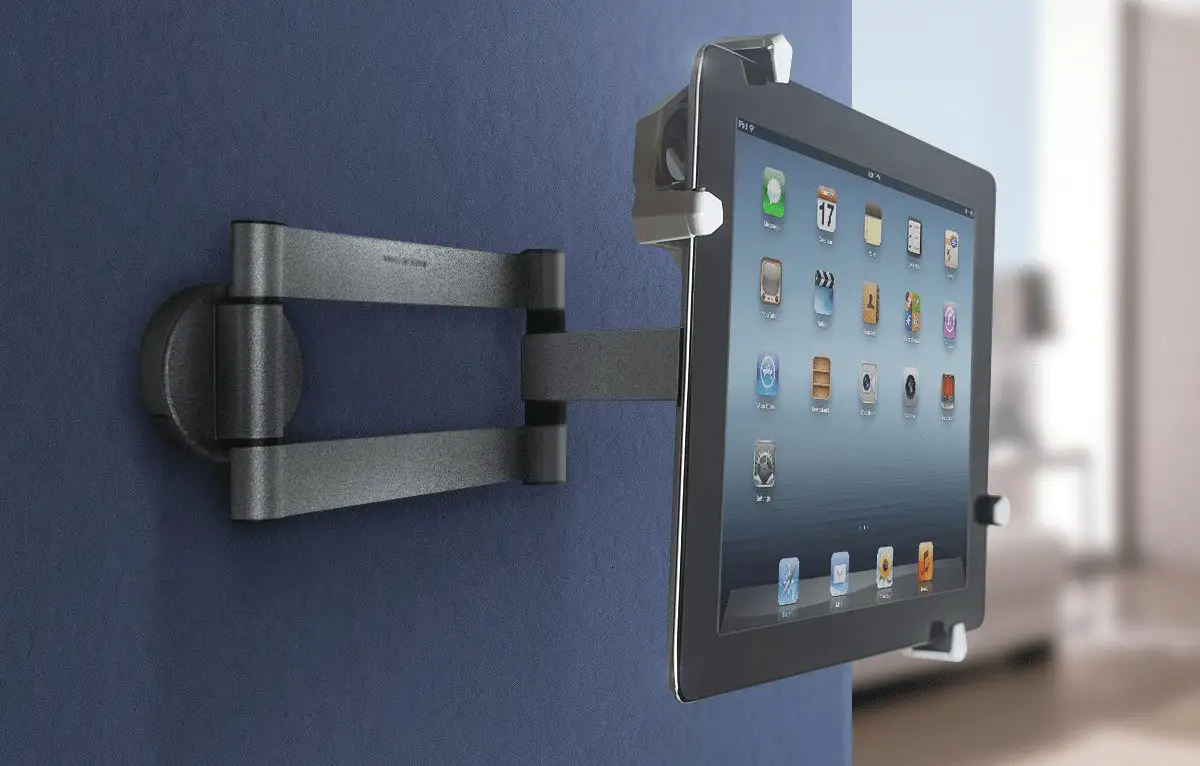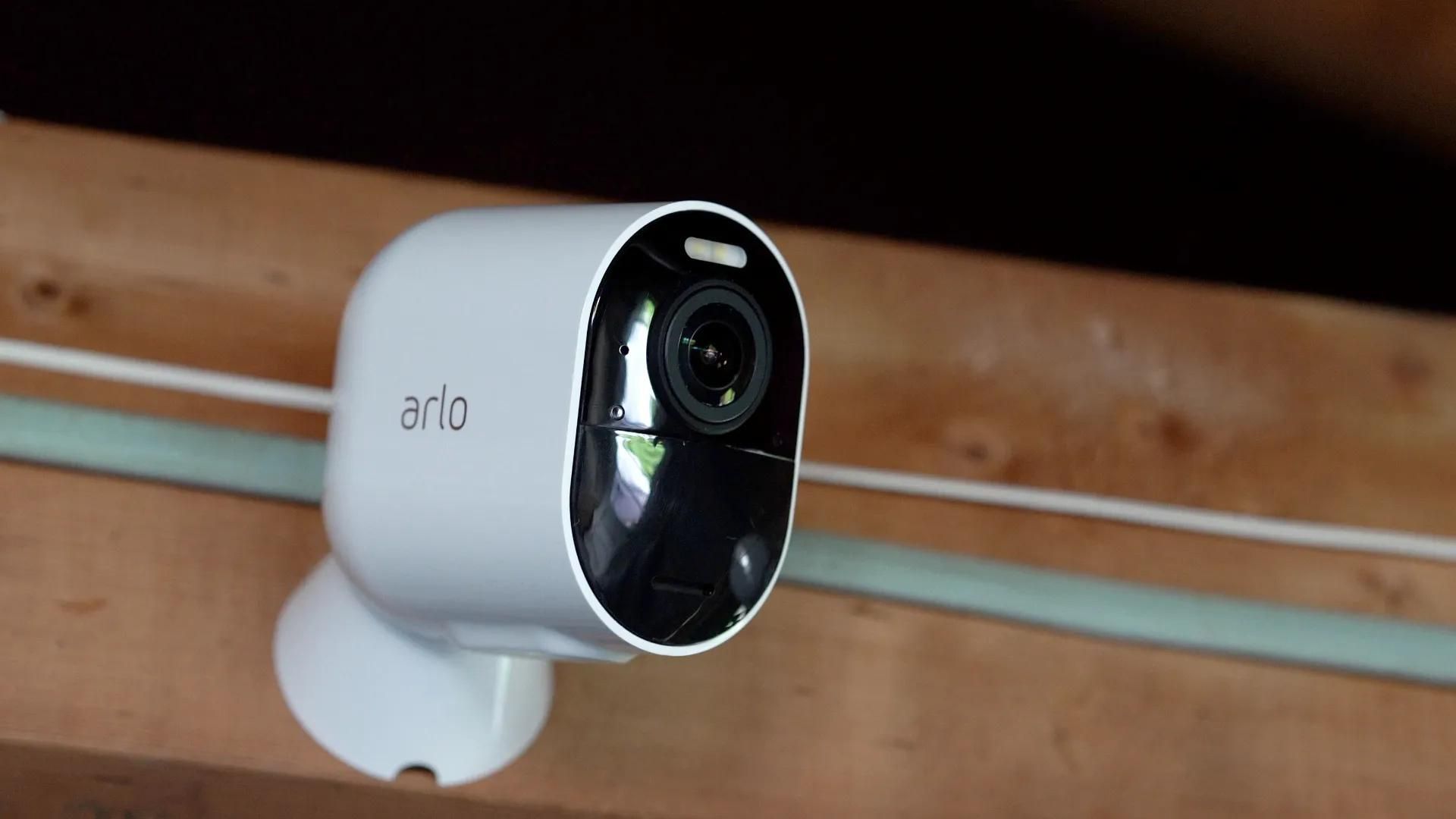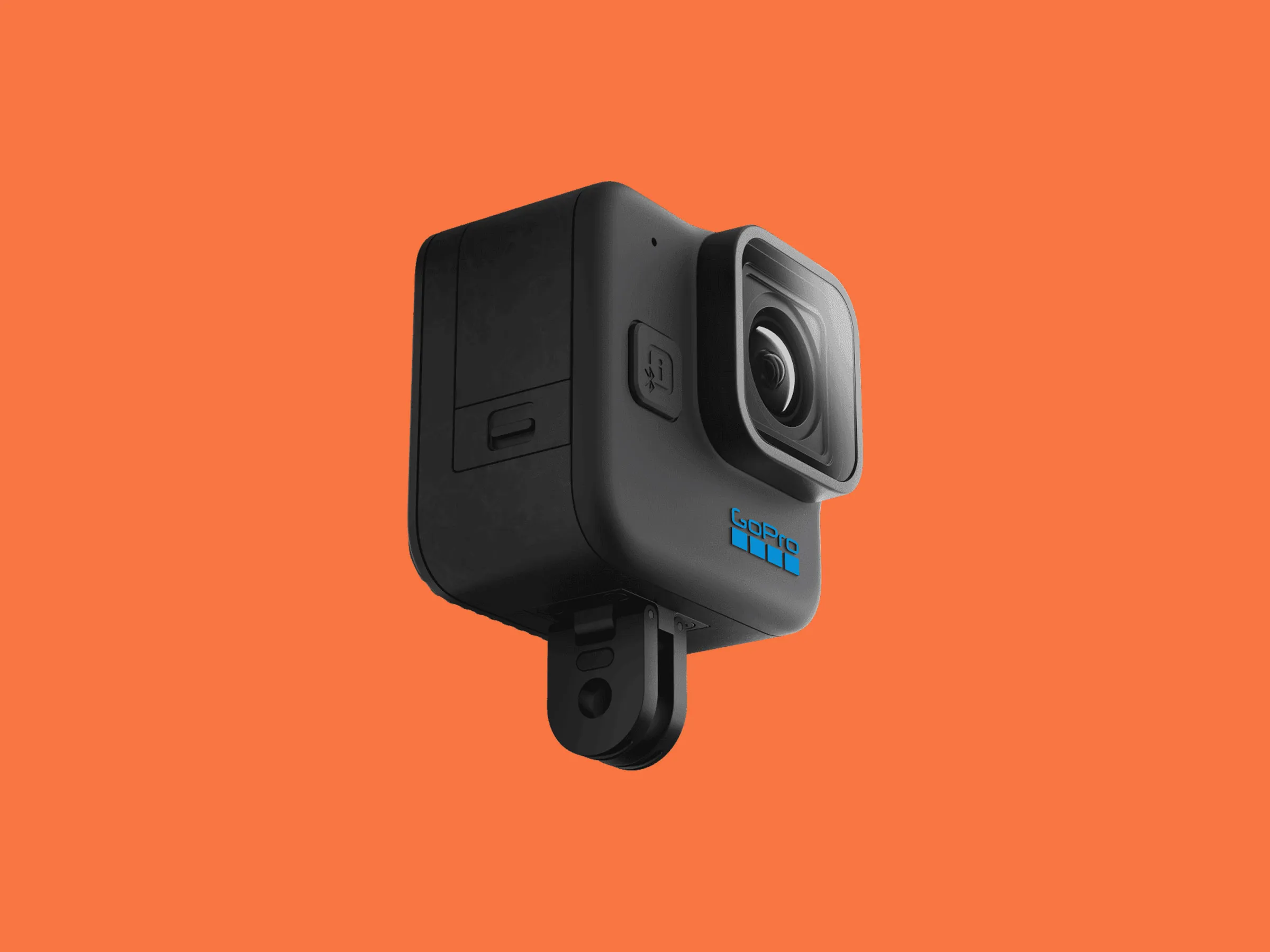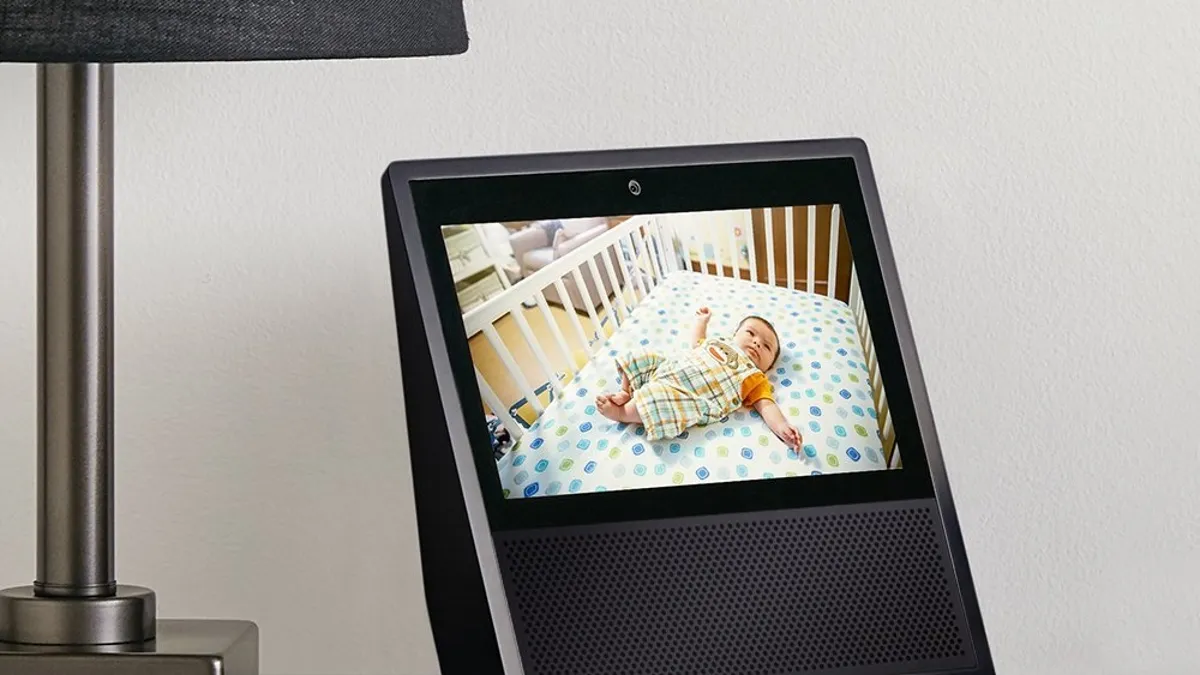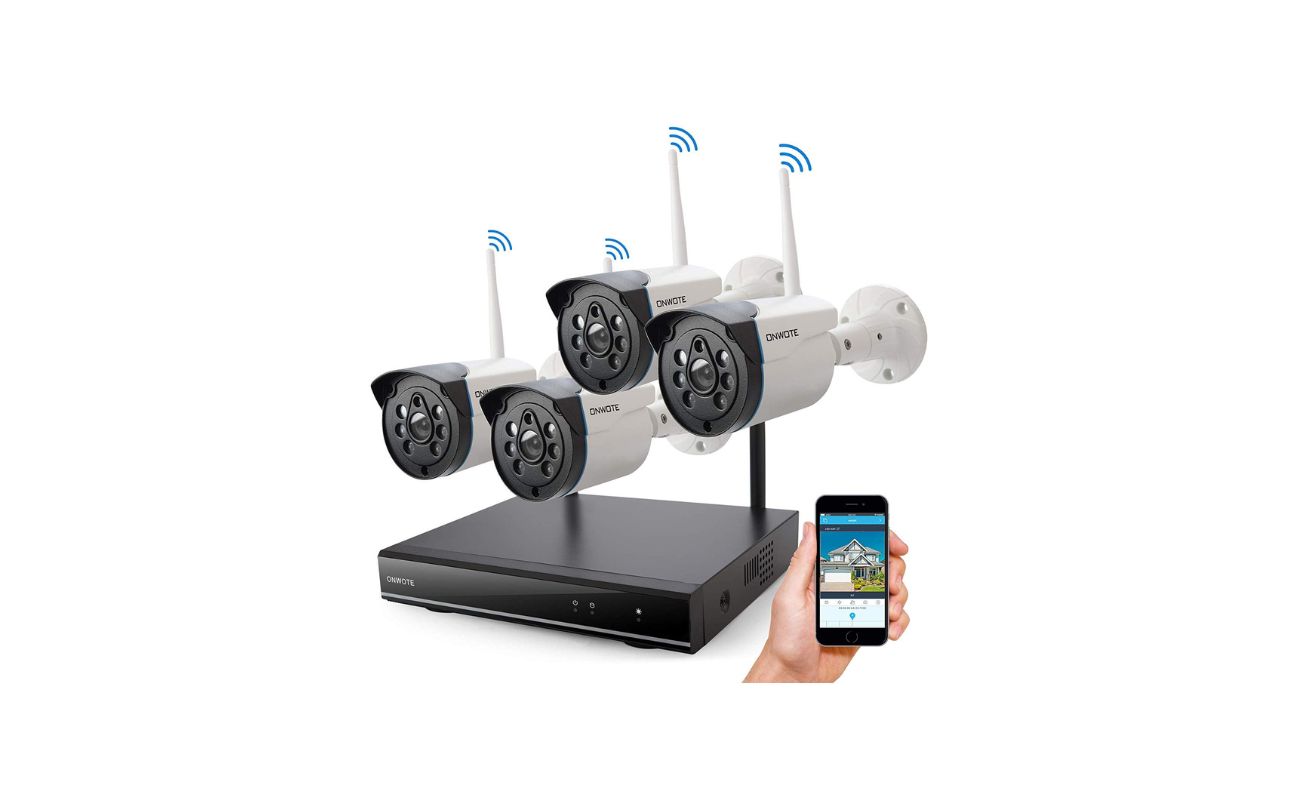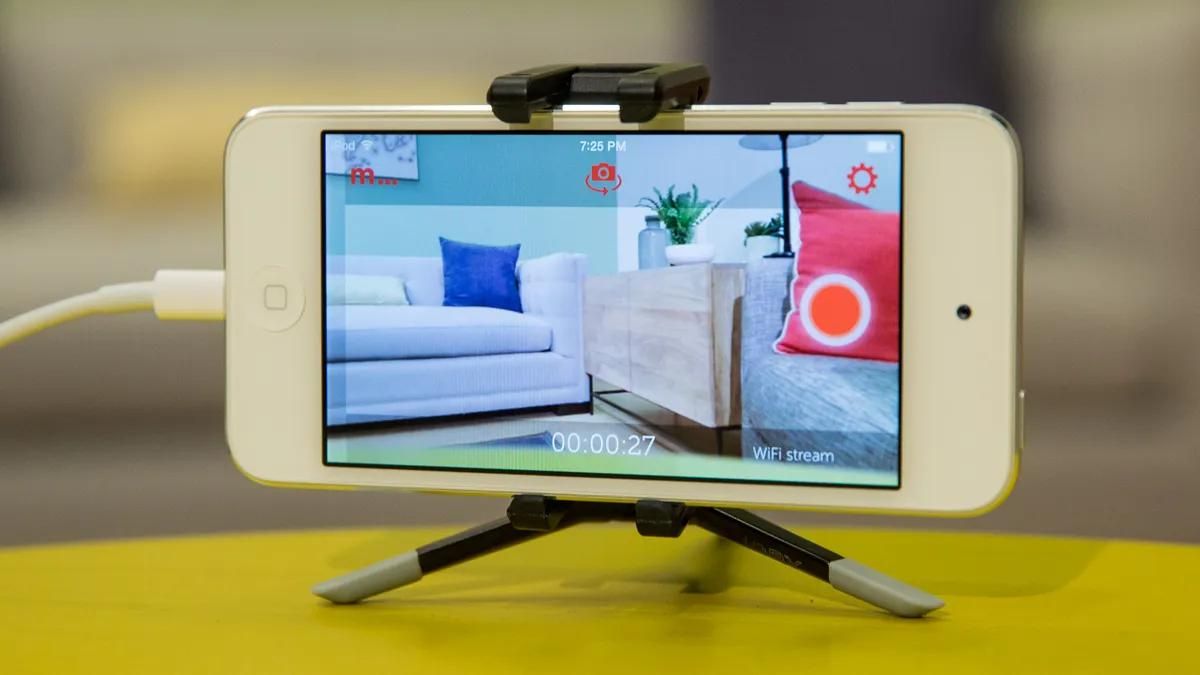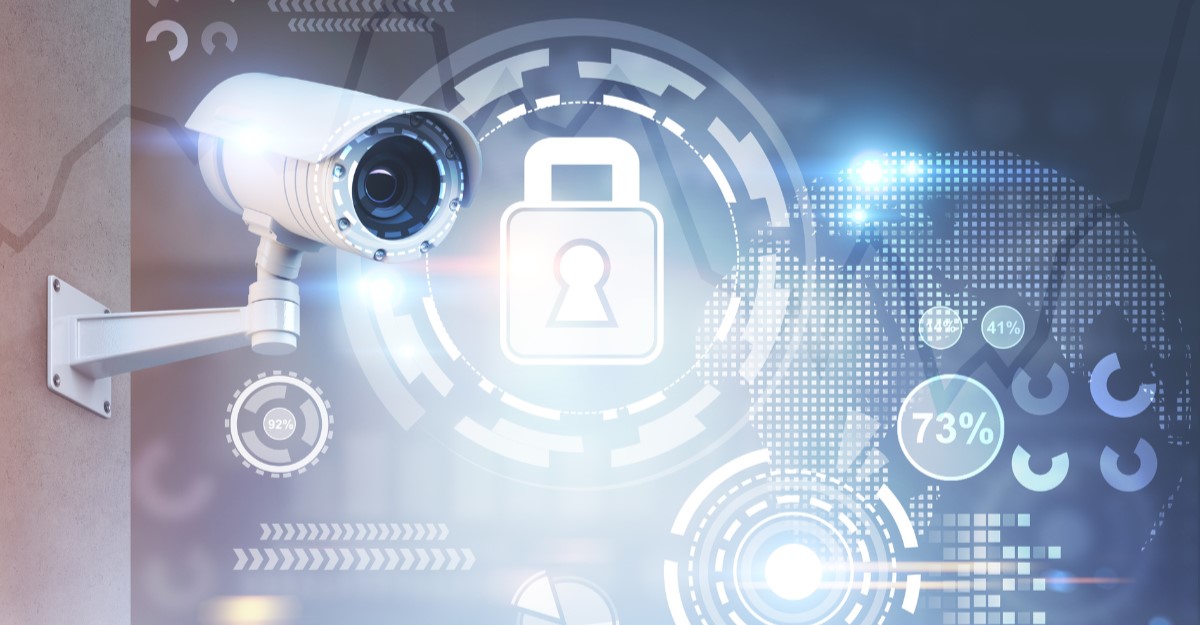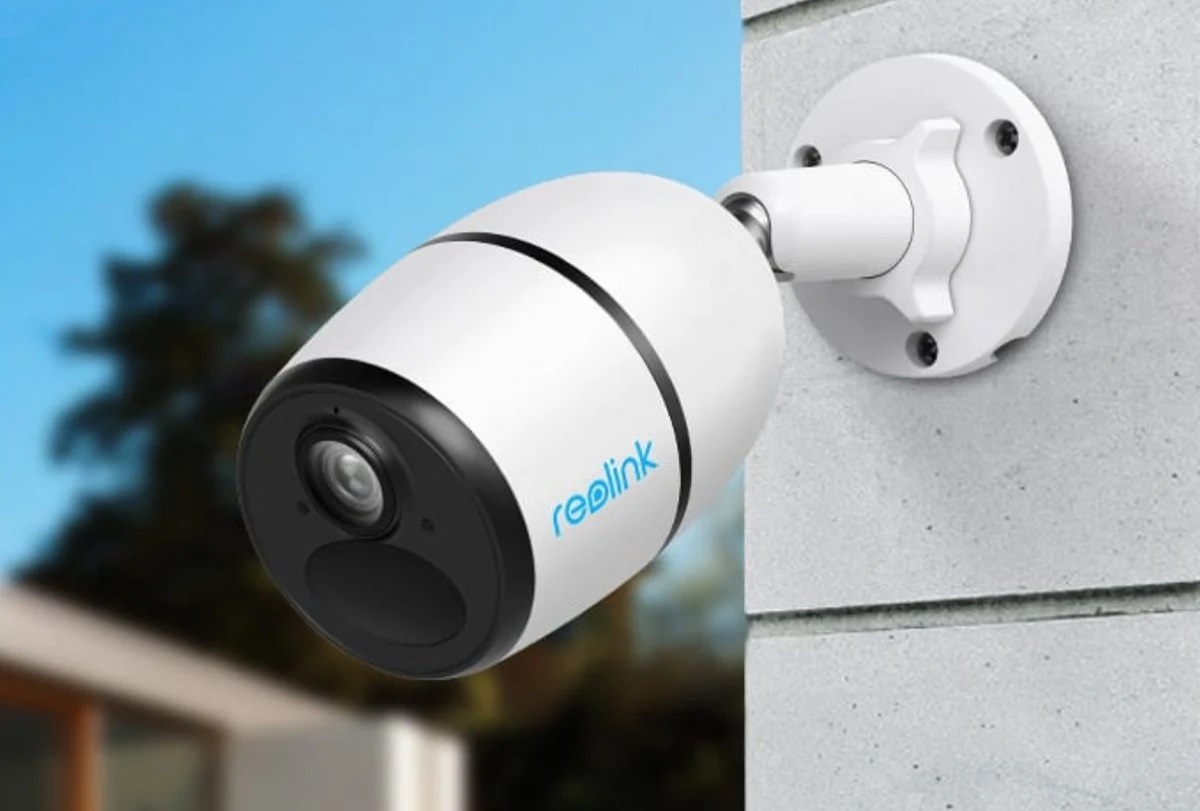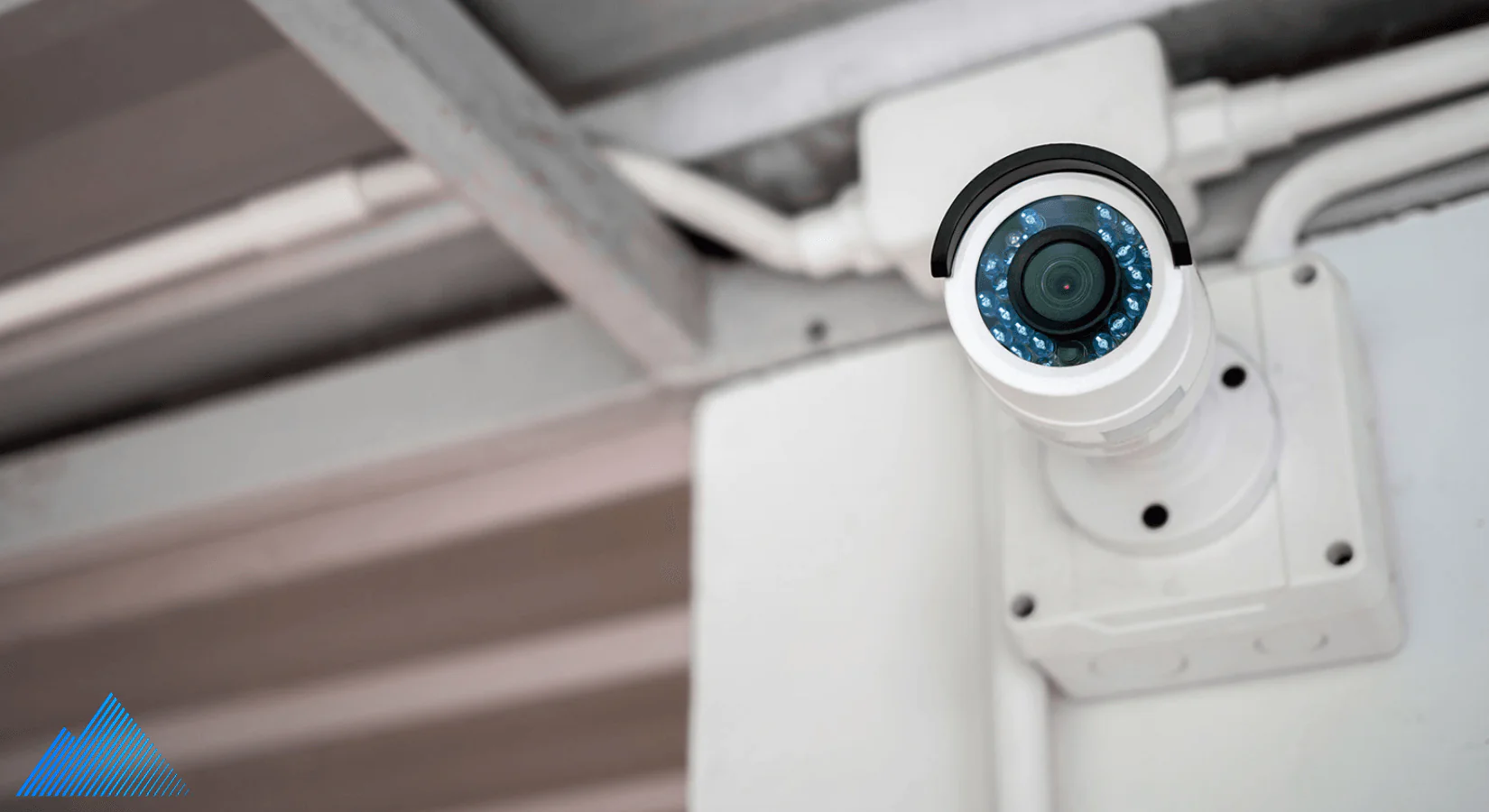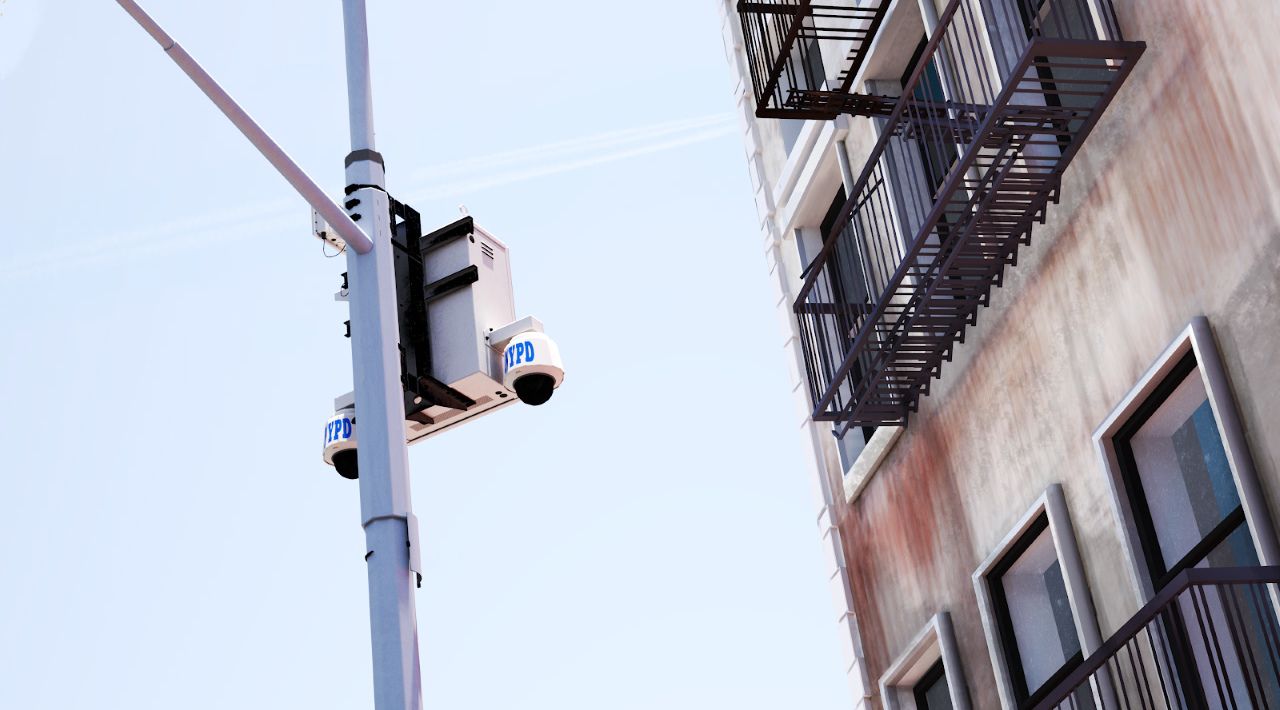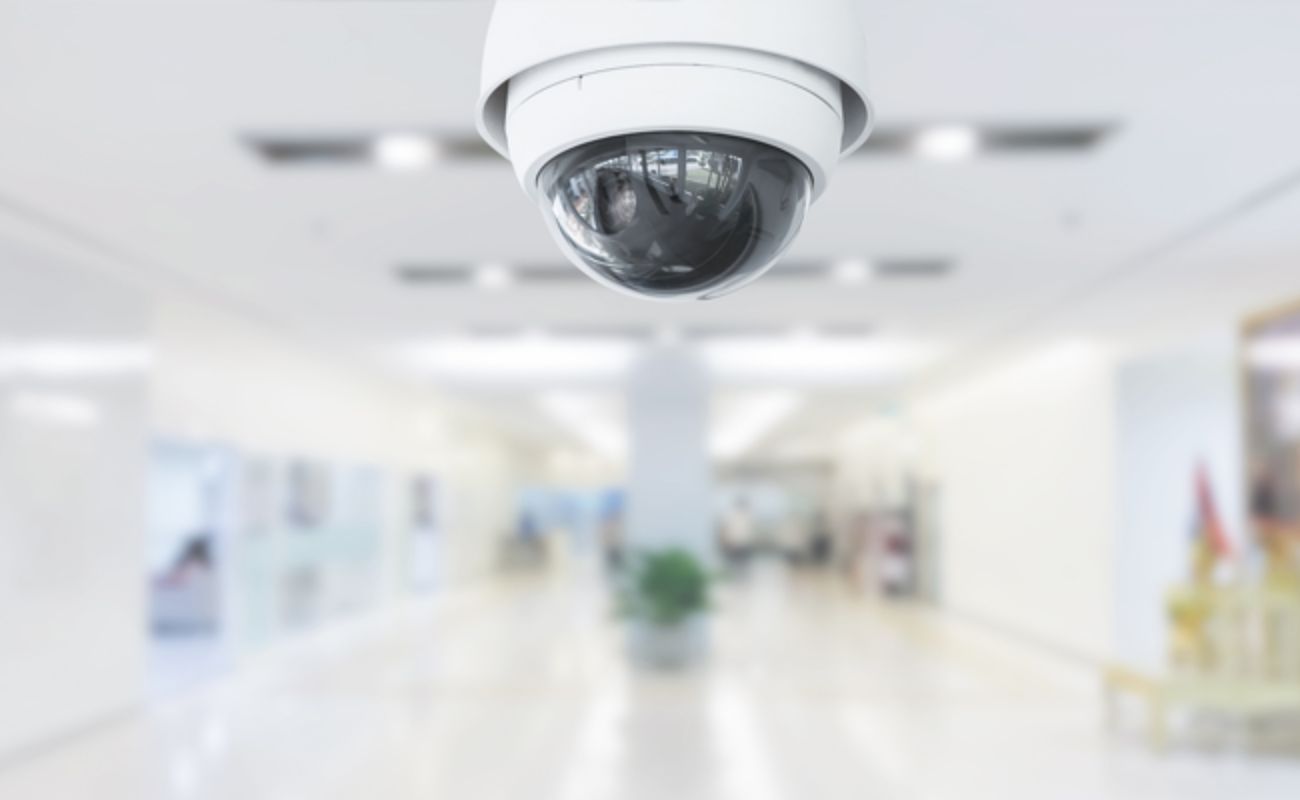Home>Home Security and Surveillance>How To Use A Cellphone As A Security Camera
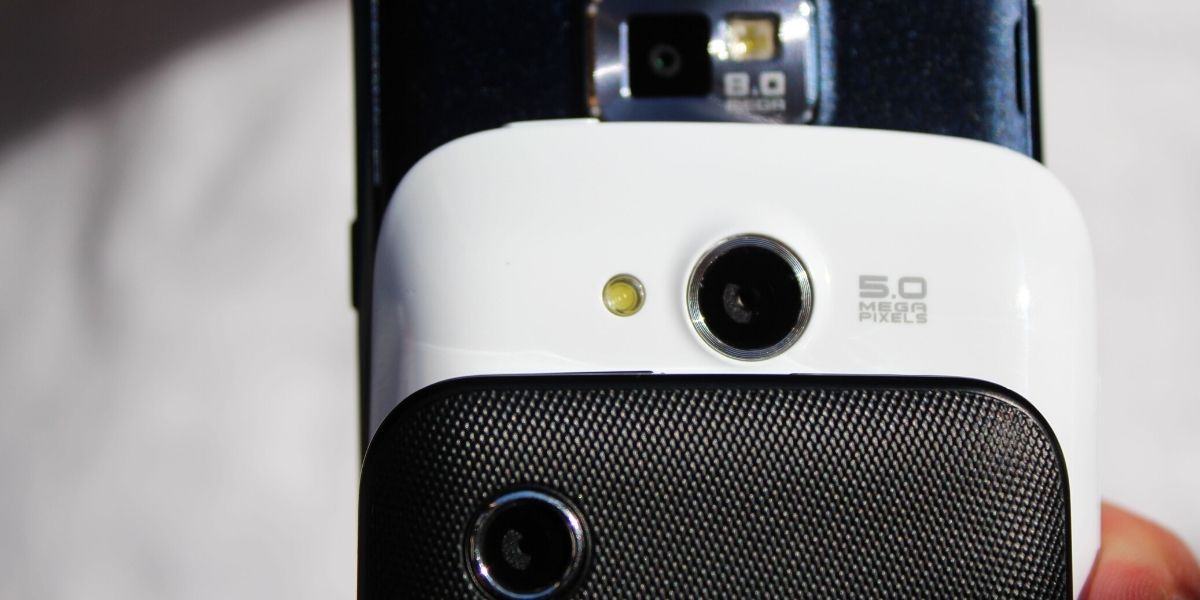

Home Security and Surveillance
How To Use A Cellphone As A Security Camera
Modified: March 6, 2024
Learn how to turn your cellphone into a powerful security camera for home surveillance. Enhance your home security with this simple and cost-effective solution.
(Many of the links in this article redirect to a specific reviewed product. Your purchase of these products through affiliate links helps to generate commission for Storables.com, at no extra cost. Learn more)
Introduction
Welcome to the world of home security and surveillance! In today’s technology-driven society, keeping our homes and loved ones safe is a top priority. While traditional surveillance systems can be expensive and complex to set up, there is an alternative solution that is both affordable and accessible: using your cellphone as a security camera.
Thanks to advancements in smartphone technology, our cellphones have become powerful devices that can do more than just make calls and send messages. With the right apps and setup, you can transform your cellphone into a effective and versatile security camera, giving you peace of mind and an extra layer of protection for your home.
In this article, we will guide you through the process of using your cellphone as a security camera. We will cover everything from assessing your cellphone’s capabilities to setting up the necessary apps and adjusting camera settings. By the end, you will have the knowledge and tools to create your own DIY home security system using your trusty smartphone.
Before we dive in, it’s important to note that while using your cellphone as a security camera can be a great option for many homeowners, it may not be suitable for every situation. Depending on factors such as your cellphone’s battery life, storage capacity, and connectivity, you may need to make adjustments or consider alternative options for long-term or high-demand surveillance needs.
Now, let’s get started on our journey to turning your cellphone into a security camera!
Key Takeaways:
- Turn your cellphone into a security camera by assessing its capabilities, installing a security camera app, and setting it up for optimal surveillance coverage. Stay connected to a power source for continuous operation and access the camera feed remotely for peace of mind.
- Keep your DIY home surveillance system running smoothly by adjusting camera settings, reviewing and managing footage, and troubleshooting common issues. Regular maintenance and updates will ensure your cellphone security camera remains reliable and effective.
Step 1: Assess Your Cellphone’s Capabilities
Before you start using your cellphone as a security camera, it’s crucial to assess its capabilities to ensure it meets your requirements. Here are a few key factors to consider:
Determine the type and model of your cellphone: Not all cellphones are created equal when it comes to camera quality and features. Identify the exact make and model of your cellphone to understand its specifications, including the camera’s resolution and capabilities. This information will help you gauge the quality of the surveillance footage you can expect.
Check the available storage and camera resolution: Storage space is essential for capturing and storing video footage. Assess how much storage is available on your cellphone and consider if it is sufficient for your needs. Additionally, check the camera resolution to ensure it meets your desired level of clarity and detail. High-resolution cameras will provide better-quality footage, while lower-resolution cameras may be more suitable for monitoring smaller areas or less critical environments.
By assessing your cellphone’s capabilities, you can determine its suitability as a security camera and set realistic expectations for the quality and functionality you can expect. If your cellphone falls short in any area, you may want to explore alternative options or make necessary adjustments to optimize its performance.
Now that you have evaluated your cellphone’s capabilities, let’s move on to the next step: installing a security camera app.
Step 2: Install a Security Camera App
Once you have assessed your cellphone’s capabilities, the next step is to install a reliable security camera app. These apps are designed specifically to transform your cellphone into a fully functioning surveillance camera. Here’s how you can do it:
Search for security camera apps on your phone’s app store: Start by visiting your phone’s app store, whether it’s the Apple App Store for iOS devices or the Google Play Store for Android devices. Use the search function to look for “security camera” or “surveillance camera” apps. You will find a wide selection of apps available, so take the time to read reviews and check the ratings to ensure you choose a reputable app that meets your needs.
Download and install a reliable security camera app: Once you have found a suitable app, tap on the “Download” or “Install” button to begin the installation process. Depending on your internet connection speed, the download may take a few seconds or minutes. Once the app is installed, you will find its icon on your home screen or in your app drawer.
It’s important to note that there are both free and paid security camera apps available. While free apps can provide basic surveillance functionality, paid apps often offer additional features such as cloud storage, advanced motion detection, and remote access options. Consider your specific needs and budget when deciding whether to opt for a free or paid app.
With the security camera app installed on your cellphone, you are now ready to move on to the next step: setting up the app.
Step 3: Set Up the Security Camera App
Now that you have installed a security camera app on your cellphone, it’s time to set up the app and get your camera ready for surveillance. Follow these steps to get started:
Open the security camera app on your cellphone: Locate the icon of the security camera app on your home screen or in your app drawer, and tap on it to open the app.
Follow the app’s instructions for setting up the camera: Once the app is open, it will guide you through the setup process. This typically involves creating an account, granting necessary permissions, and configuring basic camera settings. The app may also prompt you to connect to your home Wi-Fi network for remote access and ensure a stable connection.
During the setup, you may need to provide some information, such as your email address or a username and password for your account. It’s important to follow the app’s instructions carefully to ensure a smooth setup process.
Additionally, some security camera apps offer advanced settings and customization options, such as adjusting motion detection sensitivity or setting up specific recording schedules. Explore the app’s settings and preferences to tailor it to your specific needs.
Once you have completed the setup process, congratulations! Your cellphone is now configured as a security camera. In the next step, we will discuss how to position and mount your cellphone for optimal surveillance coverage.
Step 4: Positioning and Mounting
Now that your cellphone is set up as a security camera, it’s time to determine the best positions to monitor and mount your device accordingly. Follow these steps to optimize your surveillance coverage:
Identify the areas you want to monitor: Start by identifying the specific areas of your home or property that you want to keep an eye on. These could include entry points such as doors and windows, common areas, or even outdoor spaces like the backyard or driveway. By knowing which areas you want to monitor, you can ensure that your cellphone’s camera is positioned to capture the necessary footage.
Mount your cellphone in a secure and stable position: Once you have identified your desired monitoring areas, it’s time to mount your cellphone in a secure and stable position. There are various options available for mounting, depending on your preferences and the specific features of your cellphone. Some common mounting options include using a phone holder or stand, attaching your cellphone to a tripod, or utilizing adhesive mounts specifically designed for cellphones.
When mounting your cellphone, consider the following factors:
- Ensure a clear view: Position your cellphone’s camera in a way that provides an unobstructed view of the area you want to monitor. Remove any objects or obstacles that may block the camera’s field of vision.
- Maintain stability: It’s important to mount your cellphone in a stable position to avoid any shaking or movement that could affect the quality of the footage. Use sturdy mounts or tripods that securely hold your device in place.
- Consider power source: Keep in mind the accessibility of a power source for your cellphone. If possible, position your device near an outlet or consider using a power bank for long-term surveillance without relying solely on the device’s battery.
By positioning and mounting your cellphone effectively, you can ensure optimal coverage of the areas you wish to monitor. In the next step, we will discuss how to adjust the camera settings on your cellphone to maximize its surveillance capabilities.
Read more: How To Record Using Security Camera
Step 5: Adjusting Camera Settings
With your cellphone securely mounted and in position, the next step is to adjust the camera settings to suit your preferences and enhance the surveillance functionality. Follow these steps to optimize your camera settings:
Configure the camera settings according to your preferences: Open the security camera app on your cellphone and navigate to the settings menu. Here, you can make adjustments to various camera settings, such as resolution, frame rate, exposure, and white balance. Experiment with these settings to find the combination that produces the best results for your specific surveillance needs.
Enable features like motion detection and notifications: Many security camera apps offer useful features like motion detection and notifications. Motion detection allows your cellphone camera to detect any movement within its field of view and start recording automatically. This can be particularly helpful in capturing any suspicious activity or intrusions.
In the settings of your security camera app, you can usually find options to enable motion detection and adjust its sensitivity level. You can also configure notifications, where the app will send you an alert whenever motion is detected. This way, you can be notified immediately of any potential security concerns and take appropriate action.
Additionally, some security camera apps offer advanced features such as two-way audio, which allows you to communicate with someone on the other end of the camera, and the ability to schedule recording times according to your needs.
Take some time to explore and familiarize yourself with the camera settings and features offered by your security camera app. Adjusting these settings will ensure that your cellphone camera is optimized for surveillance and tailored to your preferences.
Now that you have adjusted the camera settings, it’s time to move on to the next step: connecting your cellphone to a power source for continuous operation.
Ensure that your cellphone is fully charged and has a stable internet connection. Download a reliable security camera app and position your phone in a discreet location with a clear view of the area you want to monitor. Set up motion detection and alerts for added security.
Step 6: Connect to a Power Source
To ensure continuous operation of your cellphone security camera, it is important to have a reliable power source. Follow these steps to connect your cellphone to a power source:
Make sure your cellphone is connected to a power source: Whether you are using your cellphone’s built-in battery or an external power source, make sure your device is properly connected and charging. This will ensure that your security camera doesn’t run out of power during crucial surveillance periods.
Depending on the location of your security camera setup, you may have different options for connecting to a power source:
- Using a wall charger: If you have access to a nearby power outlet, you can connect your cellphone charger directly to the wall. Keep in mind the length of the charging cable and select a location for your camera setup that allows for easy connection.
- Using a power bank: In situations where a wall outlet may not be accessible or practical, consider using a power bank to keep your cellphone charged. Power banks provide portable and rechargeable power, making them an excellent option for remote or temporary surveillance setups.
- Using a dedicated camera power supply: Some security camera setups may require a dedicated power supply. In this case, check the requirements of your specific camera setup and ensure that you have the appropriate power supply to keep your cellphone charged and operational.
By connecting your cellphone to a reliable power source, you can ensure that your security camera remains operational for extended periods, providing continuous surveillance coverage.
In the next step, we will explore how to access the camera feed remotely using another device.
Step 7: Accessing the Camera Feed
One of the key advantages of using your cellphone as a security camera is the ability to access the camera feed remotely. This allows you to monitor your home or property from anywhere using a second device. Here’s how to access the camera feed:
Use a second device to access the camera feed remotely: Whether it’s another cellphone, tablet, or computer, you can use a second device to access the camera feed of your cellphone security camera remotely. This is particularly useful when you are away from home but still want to keep an eye on things.
Install the same security camera app on the second device: Start by installing the same security camera app on the second device that you used to set up your cellphone camera. Search for the app in the app store specific to the device you are using and download it.
Once the app is installed on the second device, open it and sign in using the same account information you used during the setup process. This will link the second device to your cellphone camera, allowing you to access the live camera feed and recorded footage.
By having access to the camera feed on a second device, you can monitor your home or property in real-time, receive alerts, and review recorded footage from anywhere with an internet connection.
In the next step, we will cover how to review and manage the footage captured by your cellphone security camera.
Step 8: Reviewing and Managing Footage
Reviewing and managing the footage captured by your cellphone security camera is an essential part of maintaining a comprehensive home surveillance system. Follow these steps to effectively manage and review the recorded footage:
Learn how to review and manage recorded footage: Open the security camera app on your cellphone or the second device that you have installed the app on. Navigate to the app’s interface that displays the recorded footage. Depending on the app, you may have access to a timeline or a list of recorded events.
Take some time to familiarize yourself with the different features and functionalities offered by the app. This may include options to playback, pause, rewind, and fast-forward through the recorded footage. Some apps also allow you to zoom in on specific areas of the footage for a closer look.
Set up automatic cloud storage or transfer footage to another storage device: To ensure that you have a backup of the recorded footage and to prevent loss of important data, consider setting up automatic cloud storage through the security camera app. This will automatically upload your footage to a secure, remote server, providing you with easy access to the footage even if your cellphone is damaged or lost.
Alternatively, you can transfer the footage to another storage device, such as a computer or an external hard drive. Some security camera apps offer options to export footage directly from the app’s interface, making it convenient to store and organize the recorded files.
Regularly review and manage your recorded footage to stay informed about any suspicious activities or incidents that may have occurred. By being proactive in reviewing the footage, you can promptly take necessary action or report any incidents to the authorities.
In the final step, we will cover some troubleshooting tips and maintenance practices to ensure the smooth operation of your cellphone security camera.
Read more: How To Use Laptop As A Security Camera
Step 9: Troubleshooting and Maintenance
As with any technology, it’s important to be familiar with troubleshooting techniques and practice regular maintenance to ensure the smooth operation of your cellphone security camera. Here are some tips to address common issues and maintain the functionality of your system:
Address common issues and problems that may arise: While using your cellphone as a security camera is generally reliable, you may encounter occasional issues or challenges. Some common issues include connectivity problems, app crashes, or footage playback errors. When facing these issues, try the following troubleshooting steps:
- Restart your cellphone and the app: Sometimes, a simple reboot can resolve minor glitches and improve performance.
- Check your internet connection: If you experience connectivity issues, ensure that your cellphone and the device you are using to access the camera feed have a stable internet connection. Consider switching to a different Wi-Fi network or using cellular data.
- Update the security camera app: Developers frequently release updates to improve app stability and address bugs. Check for updates in your app store and install the latest version of the security camera app.
- Verify camera settings: Double-check your camera settings to ensure they are configured correctly according to your preferences. Adjust any necessary settings, such as motion detection sensitivity or notifications.
Regularly check and maintain the cellphone and security camera app: It’s important to periodically review and update the software and firmware of your cellphone and the security camera app. Keep your cellphone’s operating system up to date and check for app updates regularly. This ensures that you benefit from the latest security features, bug fixes, and performance improvements.
You should also periodically inspect and clean your cellphone’s camera lens to maintain optimal image quality. Wipe off any dust, smudges, or fingerprints using a soft, lint-free cloth. Additionally, check the mounting position and stability of your cellphone to ensure it remains secure and in the desired position for monitoring.
By addressing common issues and performing regular maintenance, you can keep your cellphone security camera operating smoothly and maintain the integrity of your home surveillance system.
With these steps in mind, you are now equipped with the knowledge to effectively use your cellphone as a security camera. Stay vigilant, stay secure!
And remember, if you have any specific questions or encounter further issues, consult the support resources provided by the security camera app or seek assistance from the app’s developers for further guidance.
Conclusion
Congratulations! You have successfully transformed your cellphone into a reliable and effective security camera. By following the steps outlined in this guide, you have created a DIY home surveillance system that provides an extra layer of protection for your property and loved ones.
Using your cellphone as a security camera offers several advantages. It is a cost-effective solution, as you don’t need to invest in expensive surveillance equipment. Additionally, it provides flexibility, allowing you to monitor your home remotely from another device.
Throughout this process, you assessed your cellphone’s capabilities, installed a security camera app, set up the app, positioned and mounted your cellphone, adjusted camera settings, connected to a power source, accessed the camera feed remotely, reviewed and managed footage, and learned troubleshooting and maintenance techniques.
Remember, while using your cellphone as a security camera is a convenient and accessible option, it may have limitations. Factors such as battery life, storage capacity, and connectivity can impact the performance of your setup. It’s essential to be mindful of these limitations and adjust your expectations accordingly.
If you encounter any issues or need further assistance, consult the support resources provided by the security camera app or reach out to the app’s developers for help and guidance.
Now, take advantage of your newly created home surveillance system and enjoy the peace of mind that comes with knowing your home is protected. Stay vigilant, stay safe!
Frequently Asked Questions about How To Use A Cellphone As A Security Camera
Was this page helpful?
At Storables.com, we guarantee accurate and reliable information. Our content, validated by Expert Board Contributors, is crafted following stringent Editorial Policies. We're committed to providing you with well-researched, expert-backed insights for all your informational needs.
